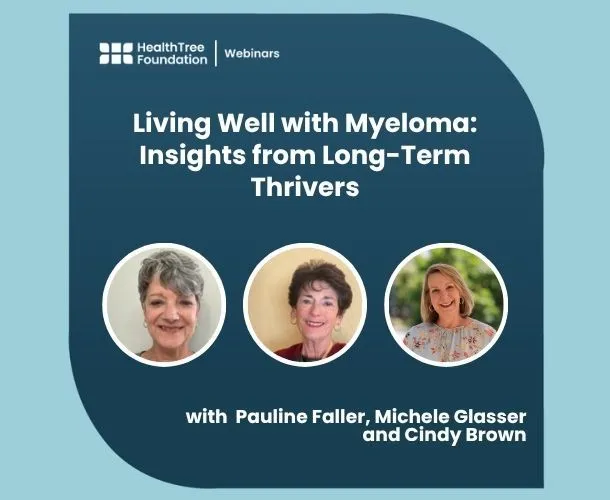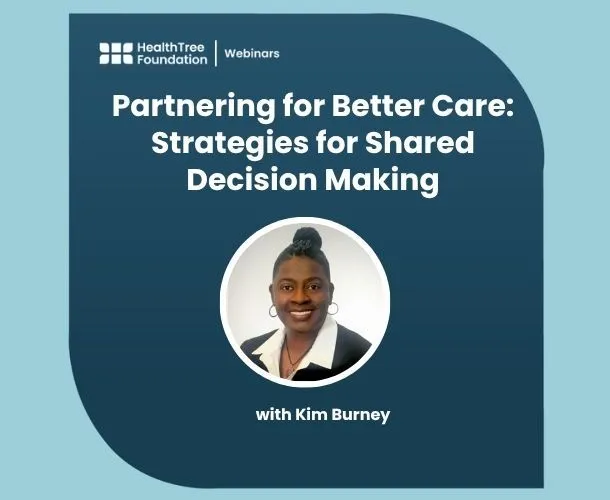Taking Your Meds - The Challenges of Oral Drug Compliance in Cancer Care

The Journal of Oncology Pharmacy Practice published a research paper recently that was quite an eye opener about how well patients with a new diagnosis of a hematological cancer comply with their oral drug regimens. Refills of all oral drugs (oncolytics and non-oncolytics) were tracked for a large number of patients over a period of 6 months prior to the start of their treatment regimen and ending months after the start. Multiple Myeloma patients were the largest subgroup studied (1,810 patients). It will not come as a surprise that many of us that, considering the average age of newly diagnosed multiple myeloma patients, we end up with other chronic medical conditions that also need to be treated (mostly high cholesterol, high blood pressure and diabetes).
There are a several conclusions that the researchers established :
- The class of drugs that myeloma patients tend to skip the most are the cholesterol lowering agents (nearly 16 % of new myeloma patients do so).
- The real shocker (at least to me) is that only 43 % of multiple myeloma patients have an 80% or more proportion of days covered based on their refill information. In other words, the researchers were not even looking for perfect compliance, but used a measure of ≥ 80 % compliance, and only 43 % of us do that.
- It was noted that those patients who comply well with their oral oncology regimen also tend to be very compliant with their oral drug regimens.
- Patients with a diagnosis of one of the chronic leukemias tend to be significantly more compliant to oral drug regimens (oncology and non-oncology) than multiple myeloma patients.
The authors also conclude, ‘Initiation of oral oncolytics may negatively impact adherence to oral therapies for chronic comorbid conditions, necessitating the need for medication management strategies to help patients adhere to their entire medication regimen.’
Well, that stands to reason.
No reasons are provided explaining why there is such a large difference in treatment compliance between the myeloma and the chronic leukemias groups. One reason could be that oral medications can be perceived by patients to be less important as a medication that is administered by an IV in the infusion room, so they may be more casual about making sure they take all of their medications on time.
I will venture another very personal opinion here as a MM/pPCL patient myself. Most of us are Medicare patients and we are faced with the large co-payments for our immunomodulators and possibly also for an oral proteasome inhibitor. The annual copay cost for one of these will be about $ 12,500 and, heaven help us, if we are on both an oral IMiD and an oral PI, because then our Medicare copay will jump to $ 22,000 per year and that will not even cover any of the other drugs we may be needing. That $ 12,500 to $ 22,000 Medicare copay is more than what most of us collect from Social Security. I think (and again this is my own personal opinion) that this is more than enough reason for people to start stinting on all drugs they are prescribed, regardless of whether they are to extend their survival of living with cancer or whether they are to treat their high cholesterol, etc.
Earlier this year, Alex Azar, Secretary of the Department of Health and Human Services, put forward a proposal to establish the US price for critical, very high cost, prescription drugs that is based on an index computed on the prices for the same drug in 10 developed countries (Canada, Australia, Japan, UK and six of the wealthiest EU countries). This proposal is now also incorporated in the drug pricing bill that is currently being discussed in the US House of Representatives. So, depending on your political affiliation you can both claim that it was your party’s clever idea. Anyway, this international price indexing mechanism will most likely reduce the prices of those key drugs that keep us alive by around 50 %, and our copays will drop by a similar amount. Myeloma doesn’t care what your political affiliation is so, let me suggest that contact your local Congressman and Senators that this is something they need to get on board with. The sooner, the better.
The Journal of Oncology Pharmacy Practice published a research paper recently that was quite an eye opener about how well patients with a new diagnosis of a hematological cancer comply with their oral drug regimens. Refills of all oral drugs (oncolytics and non-oncolytics) were tracked for a large number of patients over a period of 6 months prior to the start of their treatment regimen and ending months after the start. Multiple Myeloma patients were the largest subgroup studied (1,810 patients). It will not come as a surprise that many of us that, considering the average age of newly diagnosed multiple myeloma patients, we end up with other chronic medical conditions that also need to be treated (mostly high cholesterol, high blood pressure and diabetes).
There are a several conclusions that the researchers established :
- The class of drugs that myeloma patients tend to skip the most are the cholesterol lowering agents (nearly 16 % of new myeloma patients do so).
- The real shocker (at least to me) is that only 43 % of multiple myeloma patients have an 80% or more proportion of days covered based on their refill information. In other words, the researchers were not even looking for perfect compliance, but used a measure of ≥ 80 % compliance, and only 43 % of us do that.
- It was noted that those patients who comply well with their oral oncology regimen also tend to be very compliant with their oral drug regimens.
- Patients with a diagnosis of one of the chronic leukemias tend to be significantly more compliant to oral drug regimens (oncology and non-oncology) than multiple myeloma patients.
The authors also conclude, ‘Initiation of oral oncolytics may negatively impact adherence to oral therapies for chronic comorbid conditions, necessitating the need for medication management strategies to help patients adhere to their entire medication regimen.’
Well, that stands to reason.
No reasons are provided explaining why there is such a large difference in treatment compliance between the myeloma and the chronic leukemias groups. One reason could be that oral medications can be perceived by patients to be less important as a medication that is administered by an IV in the infusion room, so they may be more casual about making sure they take all of their medications on time.
I will venture another very personal opinion here as a MM/pPCL patient myself. Most of us are Medicare patients and we are faced with the large co-payments for our immunomodulators and possibly also for an oral proteasome inhibitor. The annual copay cost for one of these will be about $ 12,500 and, heaven help us, if we are on both an oral IMiD and an oral PI, because then our Medicare copay will jump to $ 22,000 per year and that will not even cover any of the other drugs we may be needing. That $ 12,500 to $ 22,000 Medicare copay is more than what most of us collect from Social Security. I think (and again this is my own personal opinion) that this is more than enough reason for people to start stinting on all drugs they are prescribed, regardless of whether they are to extend their survival of living with cancer or whether they are to treat their high cholesterol, etc.
Earlier this year, Alex Azar, Secretary of the Department of Health and Human Services, put forward a proposal to establish the US price for critical, very high cost, prescription drugs that is based on an index computed on the prices for the same drug in 10 developed countries (Canada, Australia, Japan, UK and six of the wealthiest EU countries). This proposal is now also incorporated in the drug pricing bill that is currently being discussed in the US House of Representatives. So, depending on your political affiliation you can both claim that it was your party’s clever idea. Anyway, this international price indexing mechanism will most likely reduce the prices of those key drugs that keep us alive by around 50 %, and our copays will drop by a similar amount. Myeloma doesn’t care what your political affiliation is so, let me suggest that contact your local Congressman and Senators that this is something they need to get on board with. The sooner, the better.

about the author
Paul Kleutghen
I am a patient diagnosed in 2014 with primary plasma cell leukemia (pPCL), a rare and aggressive variant of multiple myeloma and have been very fortunate to find successful treatment at the division of Cellular Therapy at the Duke University Cancer Institute. My wife, Vicki, and I have two adult children and two grandsons who are the ‘lights of our lives’. Successful treatment has allowed Vicki and I to do what we love best : traveling the world, albeit it with some extra precautions to keep infections away. My career in the pharmaceutical industry has given me insights that I am currently putting to use as an advocate to lower drug pricing, especially prices for anti-cancer drugs. I am a firm believer that staying mentally active, physically fit, compliant to our treatment regimen and taking an active interest in our disease are keys to successful treatment outcomes.
More on Treatment Advances
Trending Articles




Get the Latest Multiple Myeloma Updates, Delivered to You.
By subscribing to the HealthTree newsletter, you'll receive the latest research, treatment updates, and expert insights to help you navigate your health.
Together we care.
Together we cure.
3x Faster.












